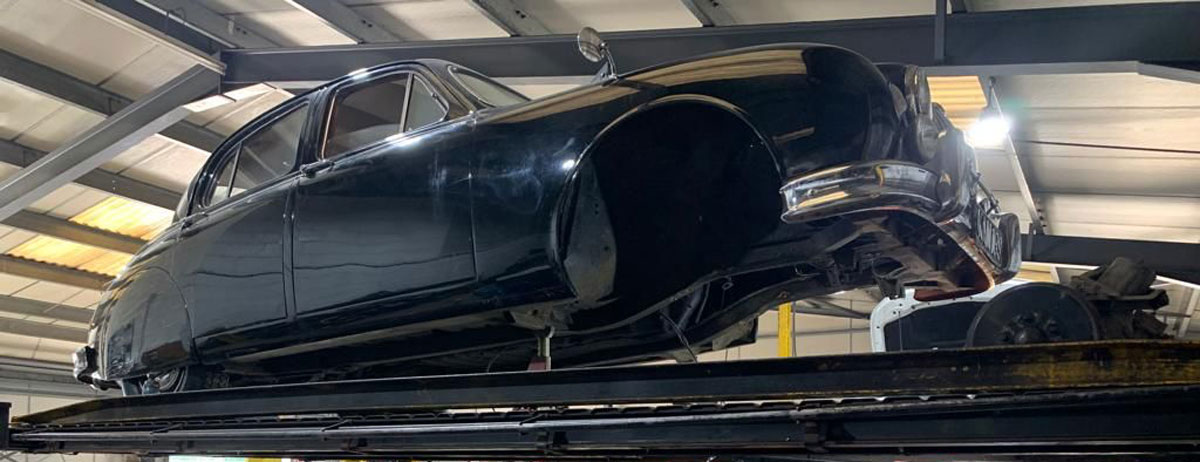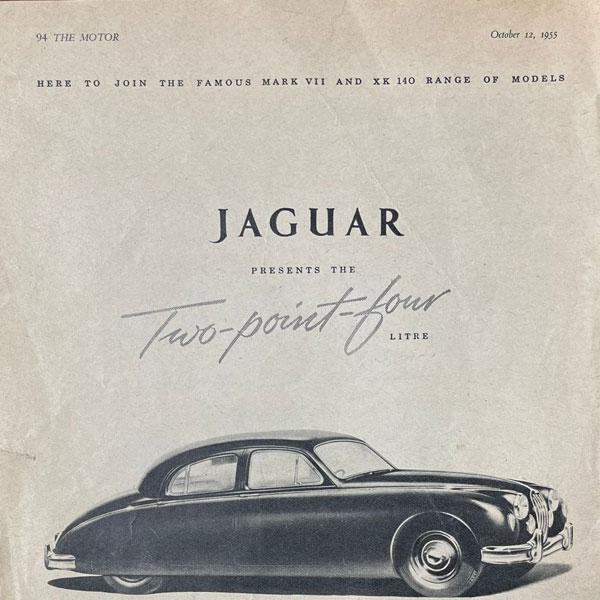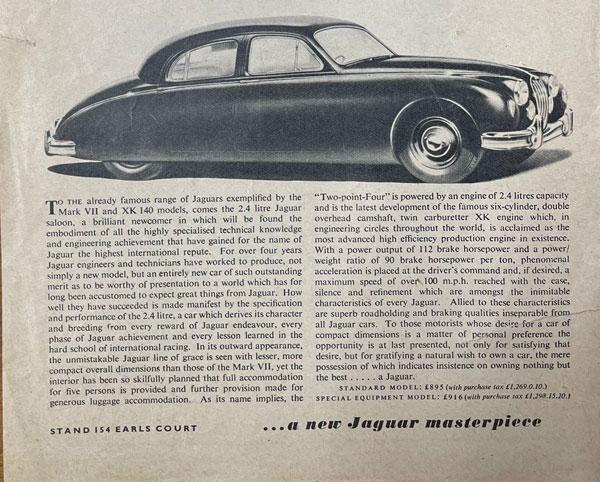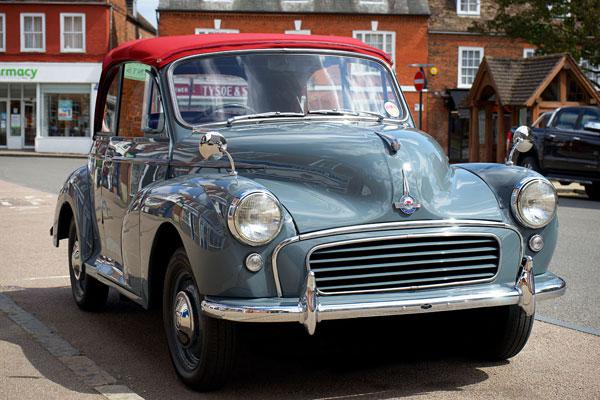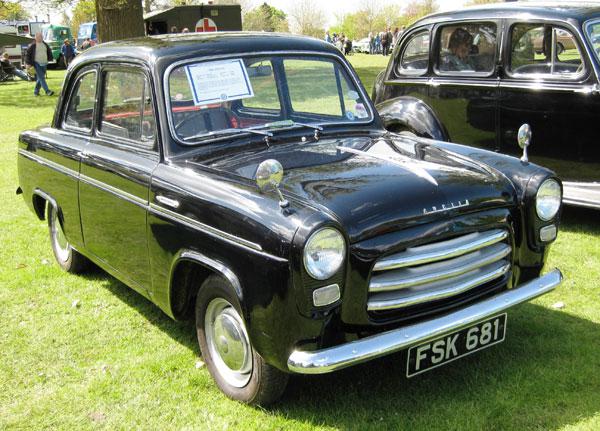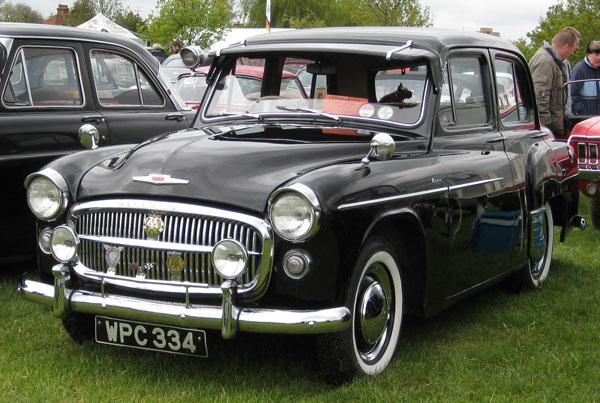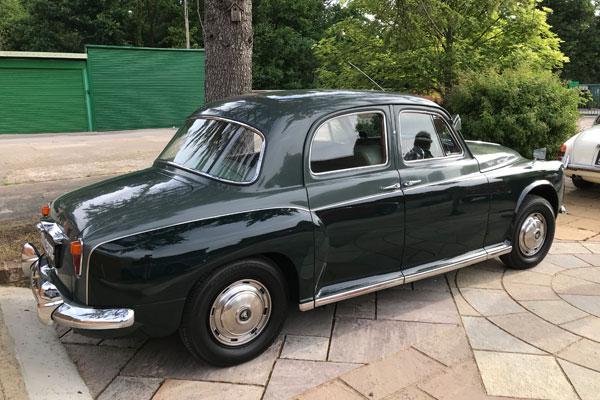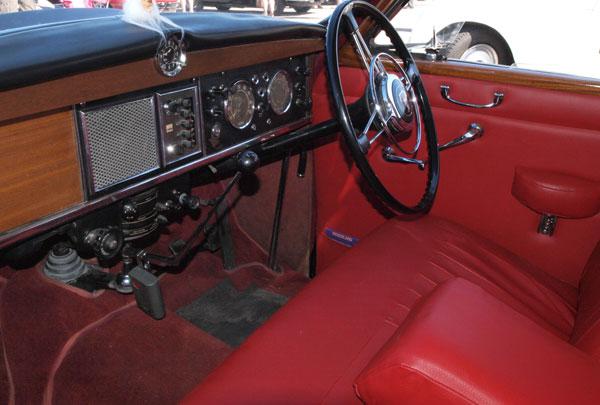Project Utah - The development of the 100mph 2483cc sports saloon
By 1955 Jaguar Cars Ltd had established a worldwide reputation as a manufacturer of high performance sports cars and luxury saloons with accolades in the international sporting arena for speed and endurance.
However, the compact Jaguar 2.4 litre sports saloon with 5 seats, a walnut-and-leather interior, and the firm's first monocoque chassis-less car was seeking out a market segment that would be more resilient in times of economic downturn despite the niche markets it had developed in the export market.
The development of these markets, especially that of the USA had been influenced out of the necessity immediately after the end of the war when the only way for companies to get steel from HM's Ministry of Supply was to manufacture a viable exportable product - no steel meant you went out of business.
 The Jaguar 2.4 litre was unveiled to the public at the 1955 Earls Court Motor Show
The Jaguar 2.4 litre was unveiled to the public at the 1955 Earls Court Motor Show
